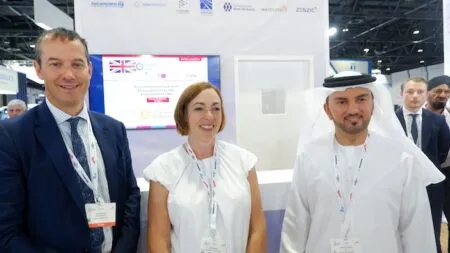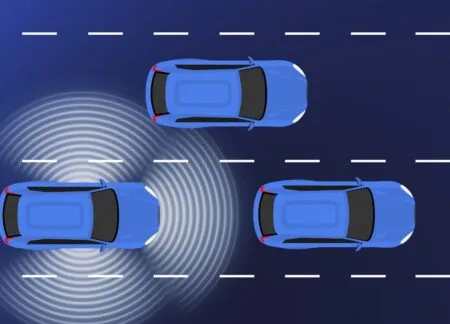The Santa Clara Valley Transportation Authority (VTA) in California has opened a new Innovation Center at its River Oaks headquarters, where VTA teams, companies, startups and students can develop, test and showcase new transportation technology. The technology innovation at the new center will range from transit trip planning and bicycling to connected cars and security. The VTA is looking at all kinds of ways to improve the transit customer experience, offer better transportation choices, and optimize its vehicles, roadways and other mobility infrastructure. The innovation center will be a space to focus on these efforts, while also acting as a living laboratory for testing technology, with a section holding much of the equipment installed on buses, trains and stations.
The technology that will be developed includes: a zero emissions vehicle with dynamic, on-demand routing that will direct its driver to pick up passengers with a request from their smartphone; a network of Bluetooth beacons throughout the transport system that will tell smartphone applications where travelers are, so they can help users plan trips, improve accessibility, or receive discount offers; expansion of the VTA’s popular TransLoc real-time light rail arrival smartphone app to the agency’s bus fleet (pictured); an open-source, multimodal trip planner for any combination of transit, walking, biking, park and ride, bike share and driving; with customized biking directions based on the cyclist’s safety, gradient-climbing and speed preferences; and touch screen and LCD monitors at light rail stations and transit hubs to provide real-time information and trip planning help.
The Innovation Center will also launch a pilot ‘big data’ project with Allied Telesis to share and analyze camera feeds, sensors and social media in the cloud, enabling better collaboration with security partners for Super Bowl 50, which takes place in Santa Clara in 2016. The center will also work with startup Transitmix to move from paper and spreadsheets to an immediately responsive online transit planning tool that can engage the public and improve future planning needs. The VTA will also work with its neighbor, Cisco, on the Internet of Things (IoT) for transportation, allowing intercommunication between buses, trains, bus stops, traffic signals and bicycles. “The Innovation Center will bring Silicon Valley to the VTA,” said the agency’s general manager and CEO, Nuria Fernandez. “It’s an incubator of new ideas and a developer of existing ideas that have not been applied to transit. As economic and population growth puts more and more pressure on our limited infrastructure, we need to figure out how we’re going to maximize the use of our transportation network. The Internet of Things will help.”




